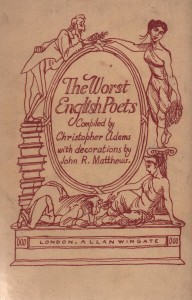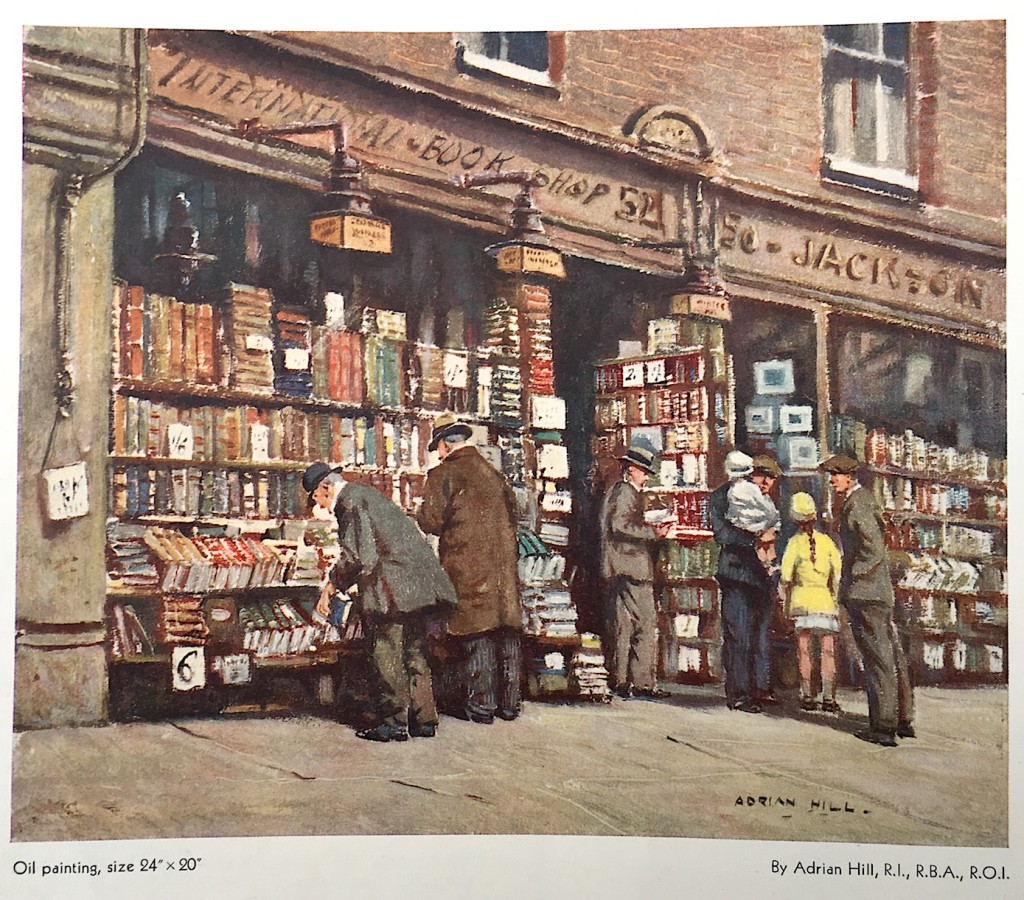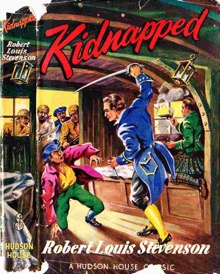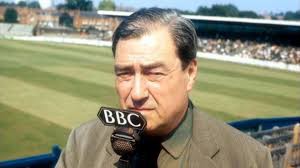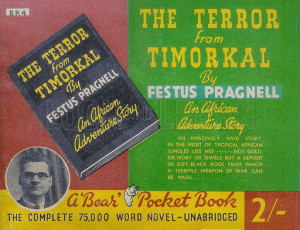Though this was in 1924. Here is a wry comment from the Summer 1924 number of Now & Then, on the preference for chocolates over books. Plus ca change.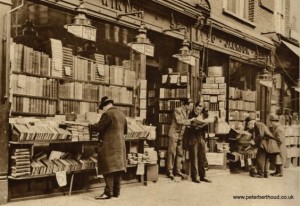
FOR twenty years in the middle of Charing Cross Road, London, there was a certain bookshop. It had a nice central position and thousands of people passed its doors daily. When it was first started it had a bold frontage with nice tall windows full of new books. A few years later the shop was cut in two, half of it continued to sell books, but the other half became an emporium for the sale of chocolates. It was not a very smart bookshop—its stock might have been wider in appeal and better displayed. Its attention to customers was however courteous, and willingness to get any book not in stock was invariably expressed. It performed a service and its proprietor continued to live. Now the bookshop, or rather the half-shop, has disappeared owing to its inability to pay increased rent. In place of the books in the window appears a bold announcement:
DUGGAN’S DERBY SCHEME
TICKETS TEN SHILLINGS EACH
£25,000 IN CASH PRIZES!
The chocolate shop continues.
We have no doubt that Duggan’s takings and the receipts from the chocolates are considerably larger than was the turnover from the sale of books. Bread and Circuses in Ancient Rome—Chocolates and Spotting Winners in modern London—it’s the same old world!
[R.M.Healey]

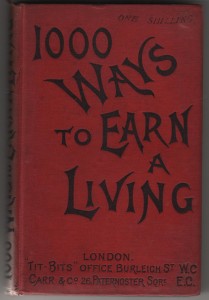
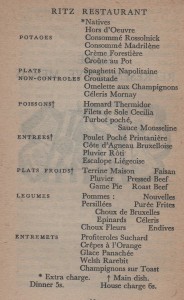
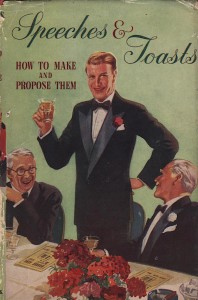
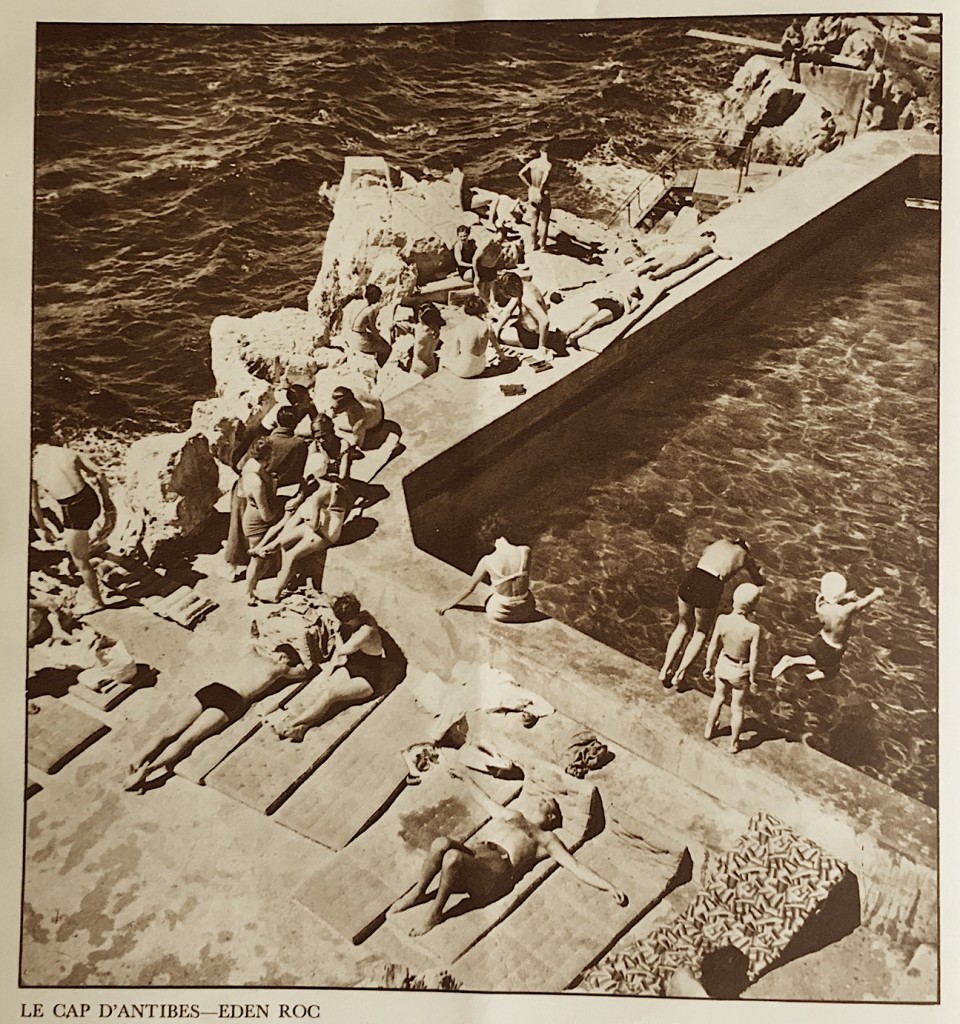

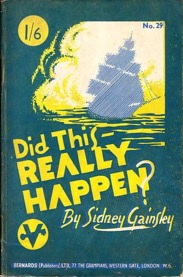 others.
others.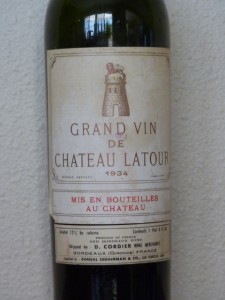

 The identity of the ‘ quiet woman‘ who wrote A Democrat’s Chapbook (1942), a hundred page long commentary in free verse on the events of the Second World War up to the time when America joined the Allied forces, was only revealed when Anne Powell included two passages from it in her anthology of female war poetry, Shadows of War (1999 ). However, those who had read her volume of Georgian verse entitled Songs from the Sussex Downs ( 1915), a copy of which was found in the collection of Wilfred Owen, might have recognised the style as that of ‘Peggy Whitehouse’, whose Mary By the Sea also appeared under this name in 1946. All three books were the work of Mrs Frances Mundy –Castle (1875 – 1959).
The identity of the ‘ quiet woman‘ who wrote A Democrat’s Chapbook (1942), a hundred page long commentary in free verse on the events of the Second World War up to the time when America joined the Allied forces, was only revealed when Anne Powell included two passages from it in her anthology of female war poetry, Shadows of War (1999 ). However, those who had read her volume of Georgian verse entitled Songs from the Sussex Downs ( 1915), a copy of which was found in the collection of Wilfred Owen, might have recognised the style as that of ‘Peggy Whitehouse’, whose Mary By the Sea also appeared under this name in 1946. All three books were the work of Mrs Frances Mundy –Castle (1875 – 1959). Some of the other things?
Some of the other things?

